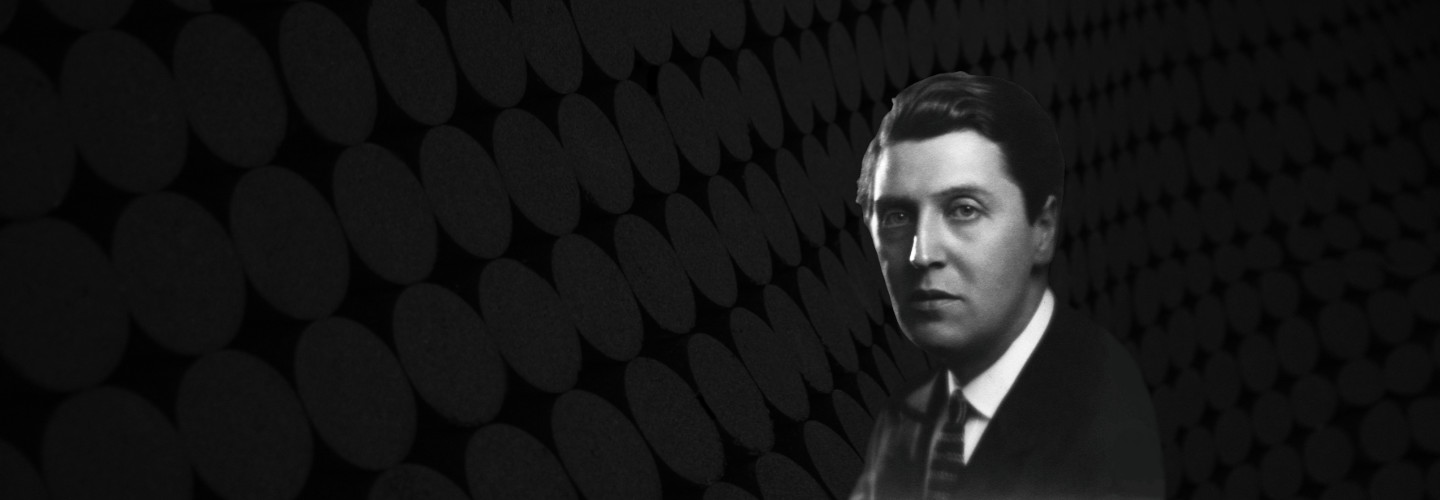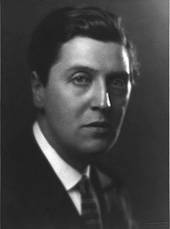

Alban Berg
Passacaglia
Short instrumentation: 3(4 ad lib.) 3 3 2 - 4 3 3 1 - timp, perc(2), hp, cel, str
Duration: 5'
Bearbeitet von: Christian von Borries
Instrumentation details:
1. flute
2. flute
3. flute (+picc.)
4. flute (ad lib.)
1. oboe
2. oboe
cor anglais
1. clarinet in B
2. clarinet in B
bass clarinet in B
1. bassoon
2. bassoon (+cbsn.)
1. horn in F
2. horn in F
3. horn in F
4. horn in F
1. trumpet in C
2. trumpet in C
basstrumpet in Eb
1. trombone
2. trombone
bass trombone
tuba
timpani
xylophon
percussion (1 player: hanging cymbal, tam-tam, snare drum)
celesta
harp
violin I
violin II
viola
violoncello
contrabass
Berg - Passacaglia for orchestra
Sample pages
Audio preview
Work introduction
In 1984, Universal Edition published a facsimile volume of early symphony fragments by Alban Berg. They were, it seems, originally suggested to Berg by Arnold Schönberg before World War I.
Passacaglia, the longest and most impressive fragment of the collection is based on a theme in G Minor containing all 12 tones of the scale, as well as eleven variations. Rudolf Stephan, editor of the facsimile publication, wrote: “The boldness of the conception is no less apparent than the deep-rooted difficulties entailed by any attempt to derive all the musical material from a single reservoir of motifs.”
Although Berg only got as far as drafting the particell, it is astonishing in the first place that even at this early stage of his work many differentiations of tempo have been marked – an integral part of Berg’s way of composing. The sketch comprises extensive notes for instrumentation and dynamics (Gustav Mahler’s influence being evident). These notes, however, are not always clear. They are absent in the 10th variations – should this be an evidence that Berg’s courage was failing him? The last variation ends after two bars. There are a few passages where, for instance, scales are only indicated graphically.
In all these cases, I did my utmost to match Berg’s idiom. To this purpose I took orchestration and character of Berg’s early orchestra works, especially the Altenberg Lieder and Wozzeck as a yardstick. My work as a conductor was useful for checking the balance.
The Passacaglia should be seen in connexion with Anton Webern’s Passacaglia op. 1 – as a prominent supplement to this masterpiece of the Schönberg school.
Christian von Borries

